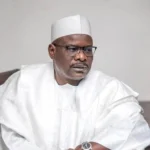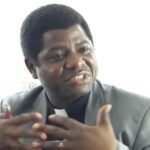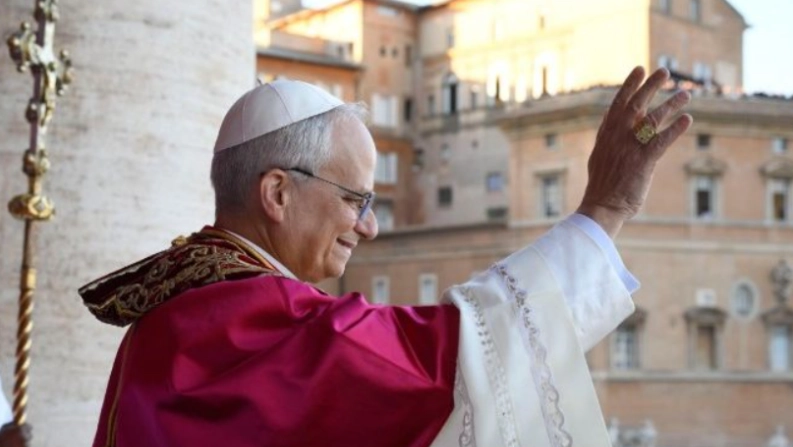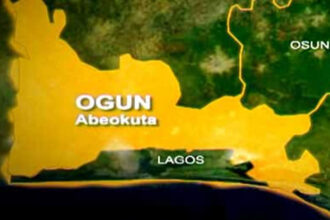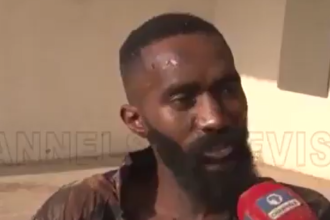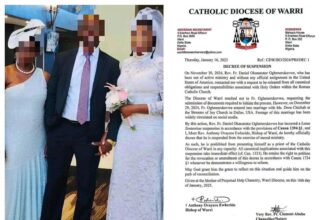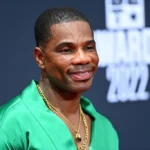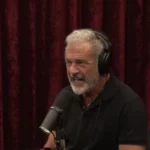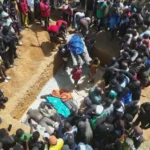In a historic moment for the Roman Catholic Church, Cardinal Robert Francis Prevost was elected Thursday as the 267th pope, assuming the papal name Pope Leo XIV. His rise follows the passing of Pope Francis just 17 days earlier.
At 69, Leo XIV takes the helm of the global Church at a younger age than his two immediate predecessors, though still older than Pope John Paul II, who was only 58 when he became the Bishop of Rome.
Here are five important insights into the life, beliefs, and career of the new pope:
1. A Historic First: The American Papacy Begins
Pope Leo XIV has made history as the first pontiff from the United States, a development with profound global significance. Born September 14, 1955, in Chicago, Illinois, Prevost earned his undergraduate degree in mathematics from Villanova University in 1977, followed by a Master of Divinity from the Catholic Theological Union five years later—the same year he was ordained.
His early ecclesiastical career saw him leading the Augustinian Province of Chicago, where he served as provincial from 1999 to 2001. According to the Midwest Augustinians, he remains listed as one of their solemnly professed priests.
The province’s mission emphasizes community, spiritual growth, and service: “Our journey to God in harmony and unity shapes our mission to serve the Church in parishes, schools, and new fields of ministry.” Between 2001 and 2013, Prevost led the global Order of St. Augustine as its prior general, the order’s top authority.
2. Deep Ties to Latin America
Though American by birth, Leo XIV’s heart and work have long been closely tied to Latin America. After earning both licentiate and doctoral degrees in canon law from the Pontifical University of St. Thomas Aquinas in Rome, he dedicated years of missionary service to Peru.
From 1985 to 1998, he was engaged in various leadership roles in Chulucanas and Trujillo, Peru. He returned to the region in 2014 as apostolic administrator of the Diocese of Chiclayo, becoming its bishop a year later and serving until 2022.
Even after his 2023 elevation to cardinal and appointment as prefect of the Dicastery for Bishops, he remained deeply involved in the region, also serving as president of the Pontifical Commission for Latin America.
3. Staunch Traditionalist on Women in Clergy, Ambiguous on LGBT Matters
While Pope Leo XIV’s positions on certain hot-button issues remain somewhat undefined, his views on female deacons and LGBT matters have drawn attention.
In 2023, he voiced resistance to ordaining women as deacons, remarking, “Clericalizing women doesn’t necessarily resolve the problem; it may introduce a new one.”
Back in 2012, then-Bishop Prevost warned of cultural shifts in the West that promote “sympathy for lifestyles at odds with the Gospel,” citing “homosexual lifestyles” and “alternative family structures.”
Following Pope Francis’ controversial decision to allow blessings for same-sex couples, Leo XIV defended African bishops who refused to adopt the directive, highlighting cultural differences:
“In regions where being in a homosexual relationship can result in the death penalty, implementation of the Vatican’s instruction simply isn’t feasible,” he said.
4. Outspoken on U.S. Immigration and Social Policies
Social media posts tied to Pope Leo XIV’s X (formerly Twitter) account suggest a critical view of certain U.S. political stances, particularly those under former President Donald Trump.
He once shared a National Catholic Reporter article opposing then-Senator J.D. Vance’s argument about prioritizing love for citizens over outsiders—a stance Prevost appeared to reject.
In another post from 2018, he amplified Cardinal Blase Cupich’s condemnation of the Trump administration’s family separation policy at the U.S. border.
Prevost also reposted several messages supporting DACA recipients—undocumented individuals brought to the U.S. as children—amid attempts by the Trump administration to rescind their protections.
5. Sex Abuse Controversies Shadow His Rise
As his papal candidacy gained traction, Pope Leo XIV faced renewed scrutiny over past allegations involving his handling of clerical abuse cases.
A report by InfoVaticana cited a March 2024 letter accusing then-Bishop Prevost of failing to take action against a priest accused of molesting three minors in Chiclayo. It also claimed that the diocese paid $150,000 in settlements to alleged victims, suggesting a possible cover-up.
In response, diocesan officials defended Prevost’s conduct, stating he initiated a canonical investigation and engaged with victims directly.
He also came under fire for allegedly allowing a convicted abuser to live at a priory near an elementary school while he was provincial in Chicago—a decision critics say showed poor judgment.
As Pope Leo XIV begins his tenure, he inherits a Church at a crossroads—grappling with modern cultural shifts, old wounds, and a global flock in need of unity and direction. Whether his blend of American pragmatism, Latin American pastoral care, and Vatican experience will define a new era remains to be seen. But one thing is certain: history has been made.


